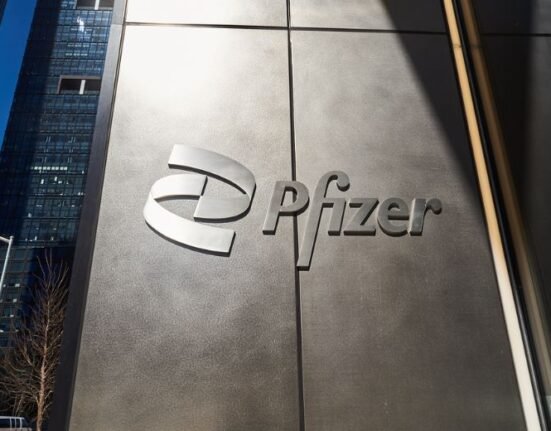HQ Team
February 3, 2024: A child’s brain gets excessively or abnormally active when they are not treated for anxiety disorders, according to a study by the US National Institutes of Health.
The frontal, parietal lobes and the amygdala get overactivated in these children, and cognitive behavioural therapy (CBT) could lead to improvements in clinical symptoms and brain functioning.
CBT is a psycho-social intervention that aims to reduce symptoms of various mental health conditions, primarily depression and anxiety disorders.
Anxiety disorder is one of the most common mental disorders and involves more than a temporary worry or fear.
For people with an anxiety disorder, the anxiety does not go away and can get worse over time. The symptoms can interfere with daily activities such as job performance, schoolwork, and relationships.
Panic disorder
There are several types of anxiety disorders, including generalised anxiety disorder, panic disorder, social anxiety disorder, and various phobia-related disorders.
Researchers at the NIH’s National Institute of Mental Health studied 69 unmedicated children diagnosed with an anxiety disorder. They underwent 12 weeks of CBT, according to an NIH statement.
The therapy involved changing dysfunctional thoughts and behaviours through gradual exposure to anxiety-provoking stimuli. It is the current gold standard for treating anxiety disorders in children.
The researchers used clinician-rated measures to examine the change in children’s anxiety symptoms and clinical functioning from pre- to post-treatment.
They also used “task-based fMRI” to look at whole-brain changes before and after treatment and compare those to brain activity in 62 similarly aged children without anxiety.
Active brain areas
Functional MRI (fMRI) is a type of MRI scan that can show which areas of your brain are most active. It helps in mapping brain activity and is most often used for planning surgery or similar procedures in the brain.
“We know that CBT is effective. These findings help us understand how CBT works, a critical first step in improving clinical outcomes,” said senior author Melissa Brotman, PhD, Chief of the Neuroscience and Novel Therapeutics Unit in the NIMH Intramural Research Program.
Children with anxiety showed greater activity in many brain regions, including cortical areas in the frontal and parietal lobes, which are important for cognitive and regulatory functions, such as attention and emotion regulation.
The researchers also observed elevated activity in deeper limbic areas like the amygdala — essential for generating strong emotions, such as anxiety and fear.
After three months of treatment, children with anxiety showed a “clinically significant decrease in anxiety symptoms and improved functioning”
Brian regions
Increased activation seen before treatment in many frontal and parietal brain regions also improved after CBT, declining to levels equal to or lower than those of non-anxious children.
According to the researchers, the reduced activation in these brain areas may reflect more efficient engagement of cognitive control networks following therapy.
Researchers found that eight brain regions, including the right amygdala, continued to show higher activity in anxiety compared to non-anxious children after treatment.
“This persistent pattern of enhanced activation suggests some brain regions, particularly limbic areas that modulate responses to anxiety-provoking stimuli, may be less responsive to the acute effects of CBT. Changing activity in these regions may require a longer duration of CBT, additional forms of treatment, or directly targeting subcortical brain areas.”
Anxiety disorders are also chronic, with a strong link to adulthood when they become harder to treat. Despite the effectiveness of CBT, many children continue to show anxiety symptoms after treatment.
Problems in later life
Enhancing the therapy to treat anxiety more effectively during childhood can have short- and long-term benefits and prevent more serious problems later in life.
“The next step for this research is to understand which children are most likely to respond,” said Brotman.
“Are there factors we can assess before treatment begins to make the most informed decisions about who should get which treatment and when? Answering these questions would further translate our research findings into clinical practice.”








